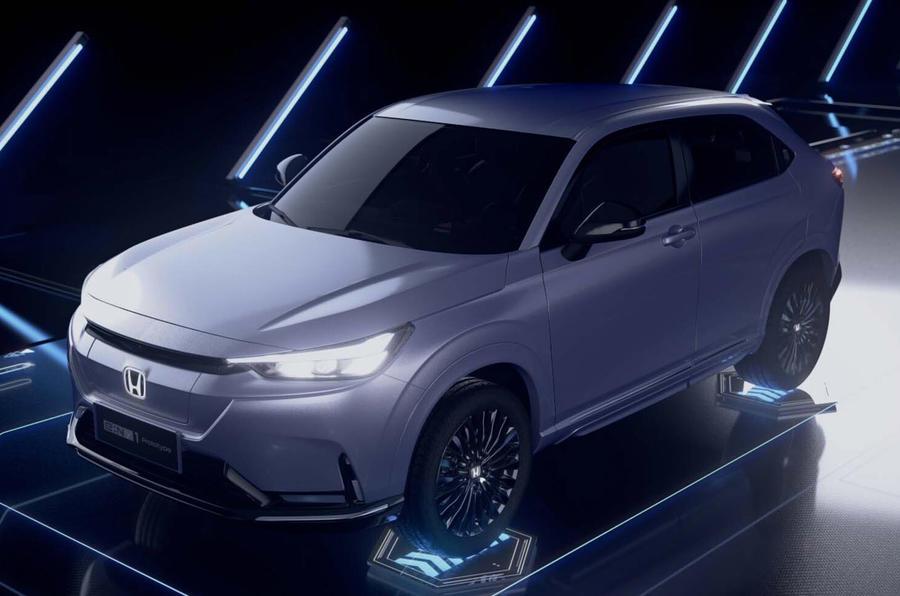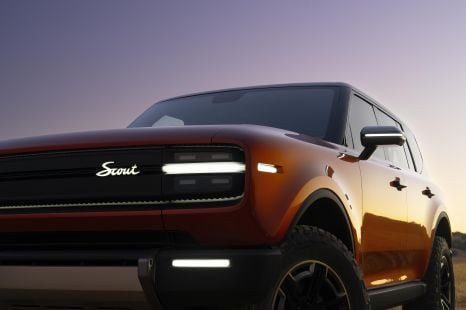

Neil Briscoe
2026 Xpeng G6 AWD Performance review: Quick drive
4 Days Ago

News Editor
Honda is getting ready to launch an electric HR-V counterpart, a new hybrid SUV, and a redesigned CR-V with hybrid and plug-in hybrid powertrains, according to new reports.
Autocar reports the Honda range will expand to include a new hybrid SUV, sized similarly to the likes of the Kia Sportage and Toyota RAV4.
The next-generation CR-V, in turn, will reportedly grow in size to match the Skoda Kodiaq. For reference, the current CR-V is 4635mm long on a 2660mm wheelbase, while a Kodiaq measures 4697mm long on a 2791mm wheelbase.

That could give Honda’s Australian audience a more appealing three-row option, given the current CR-V’s available third row is as poky as those in the Mitsubishi Outlander and Nissan X-Trail.
We’ve also managed to go almost 20 years without once getting the larger three-row Pilot crossover, which continues to be built in left-hand drive only primarily for the US market.
The CR-V will continue to offer a hybrid, something that’s never been offered in Australia. Also continuing with the model change is a plug-in hybrid, according to the report, a powertrain option only recently introduced in the Chinese-market CR-V.


The just-revealed Honda e:Ny1 concept previews a production electric SUV next year.
The bizarrely named SUV looks like the e:NP1 and e:NS1 SUVs revealed by Honda’s Chinese operations last year, and therefore almost identical to the redesigned HR-V.
Despite this, the e:Ny1 concept and the two Chinese models reportedly ride a new platform called e:N Architecture F.
The e:NP1 and e:NS1 offer a 68.8kWh battery and a choice of two powertrains: one with 134kW of power and 402km of range under the more generous CLTC standard, and one with 150kW, 310Nm of torque, and 510km of range.


They also feature an enormous 15.2-inch touchscreen infotainment system and 10.25-inch digital instrument cluster, plus various minor styling tweaks to distinguish them from the HR-V.
Outside of China, Honda currently offers just one electric vehicle: the retro-styled e hatchback, which has only 227km of range under the WLTP standard. The cute EV isn’t sold here.
Honda wants 40 per cent of sales in “major markets” to be electric (EV) and hydrogen fuel cell (FCEV) by 2030.
The share of EVs and FCEVs in major markets will rise to 80 per cent by 2035 before hitting 100 per cent globally by 2040.
Where expert car reviews meet expert car buying – CarExpert gives you trusted advice, personalised service and real savings on your next new car.
William Stopford is an automotive journalist based in Brisbane, Australia. William is a Business/Journalism graduate from the Queensland University of Technology who loves to travel, briefly lived in the US, and has a particular interest in the American car industry.


Neil Briscoe
4 Days Ago


Max Davies
3 Days Ago


James Wong
2 Days Ago


William Stopford
2 Days Ago


Josh Nevett
16 Hours Ago


Ben Zachariah
13 Hours Ago